What makes a great crew on the moon — Commander's report: lunar day 14
Empathy, open communication and patience helped the Sensoria M3 crew complete their analog lunar mission at the HI-SEAS habitat.

Dr. Michaela Musilova is the director of Hawaii Space Exploration Analog and Simulation (HI-SEAS) program, which conducts analog missions to the moon and Mars for scientific research at a habitat on the volcano Mauna Loa. Currently, she is in command of the two-week Sensoria M3 mission and contributed this report to Space.com's Expert Voices: Op-Ed & Insights.
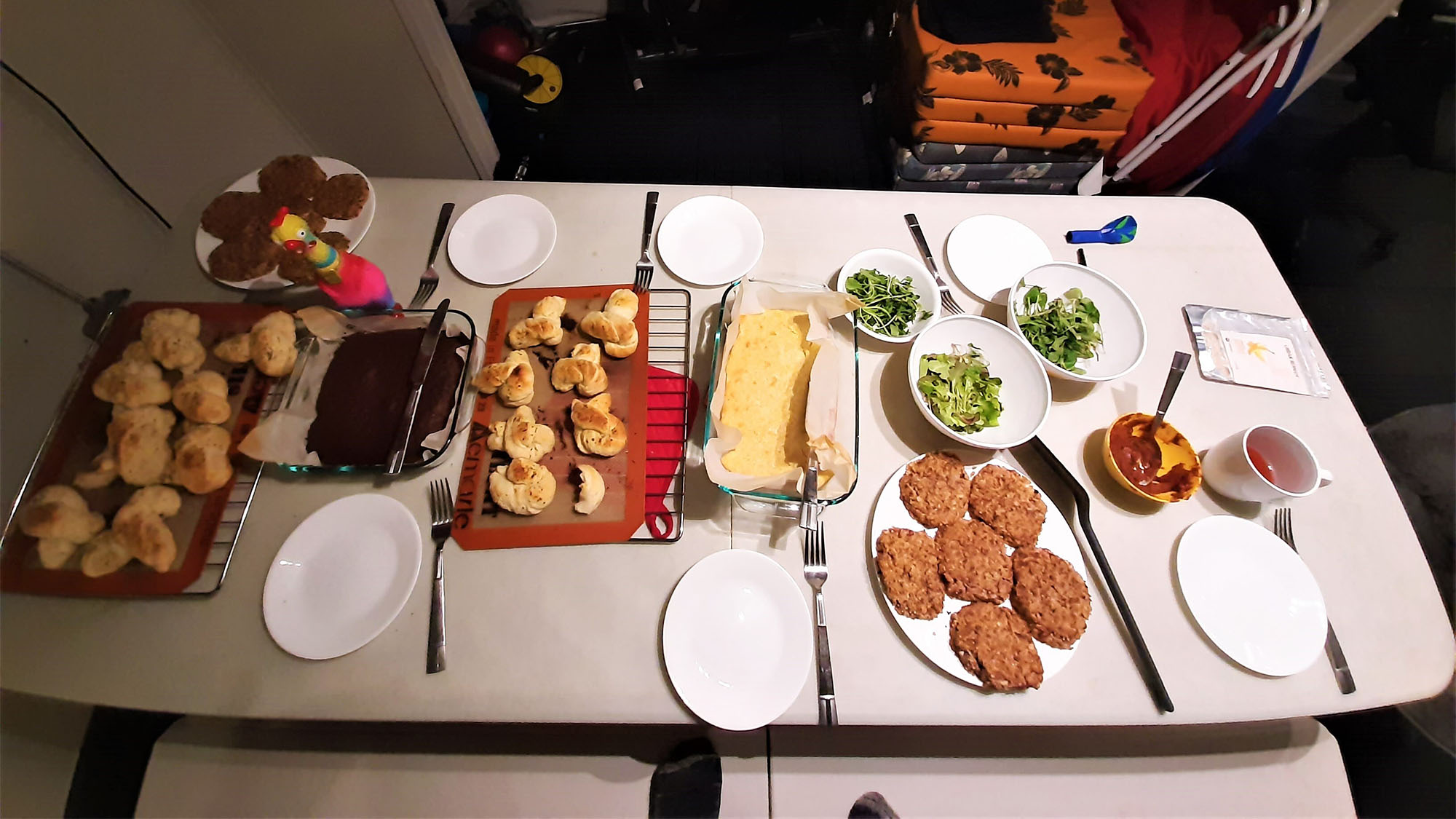
Commander's report for the Sensoria M3 mission at HI-SEAS
Lunar Day 14 (Dec. 17, 2020)
The time has come for our mission to end. Tonight is our last night together on the moon and we can't stop ourselves from feeling sad. Something as intense as a space mission, even though only an analog lunar mission, is difficult to digest. We have overcome a number of challenges on our mission, such as dust storms, narrow escapes with power outages, a limited water supply and some health issues too. Some crewmembers also experienced personal issues related to their families, friends and job situations back on Earth. Nevertheless, it feels like those problems were just obstacles. They did not leave a scar on the memories we'll keep from our mission.
If there is one thing that I'm taking away from this mission, it's the very pleasant environment that we've created for one another. The HI-SEAS habitat was our home, office, laboratory, gym and many other things in one 1,200-square-foot (110 square meters) dome. We can only coexist there as a team if we respect each other's needs, tolerate people's strange habits and strive to make it a fun place to live in. Not every crew can achieve a harmonious balance between all of those many variables. Sometimes, there are crewmembers who focus too much on their research or artistic projects and neglect to invest time in bonding with the crew. Alternatively, I had crewmembers who wanted to spend so much time with the others in the team that they were ultimately disturbing their work. I have also had crewmembers who missed their loved ones on Earth in such a way that they could not fully integrate themselves into the crew.
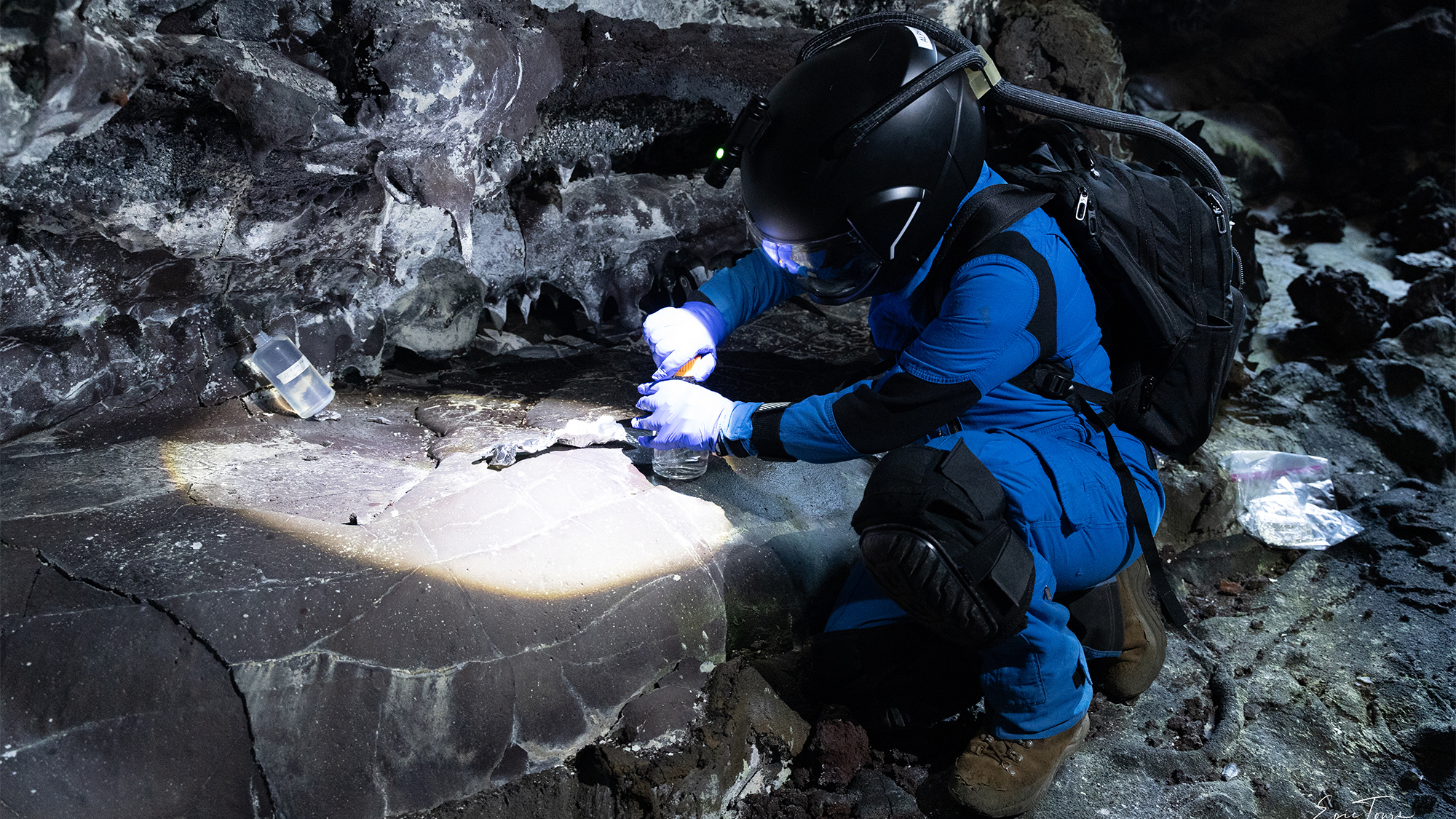
Related: The start of the Sensoria M3 lunar mission is like Groundhog Day — Commander's report: lunar day 2
I can't say that I have found the perfect recipe for putting a crew together and for us to bond during a mission. However, there are definitely personal experiences and personality traits that can make a crewmember be a great asset to an analog space mission. The main ones are being empathetic and communicating openly within the team. These are skills that people usually have to acquire by working with others, especially under stressful conditions. One has to learn to put themselves into other people's shoes and to give people the benefit of the doubt. Being open with crewmembers also requires tact and consideration, as you don't want to say anything that could offend and provoke someone. Patience goes hand in hand with the key values a crewmember should possess as well, in order to succeed during a space mission.
Get the Space.com Newsletter
Breaking space news, the latest updates on rocket launches, skywatching events and more!
All members of the Sensoria M3 crew had those needed skills. While there were some situations, from time to time, which made certain crewmembers a bit grumpy, they were always handled in a polite and delicate way. No voices were raised during our mission. We always discussed all issues as a team and individually, if it was needed. Most of the issues became an inside joke for the crew and we quickly dismissed them as a silly matter. I am very proud of how everyone handled all our troubles and disagreements — or more precisely, the lack thereof. This mission sure was a smooth ride.
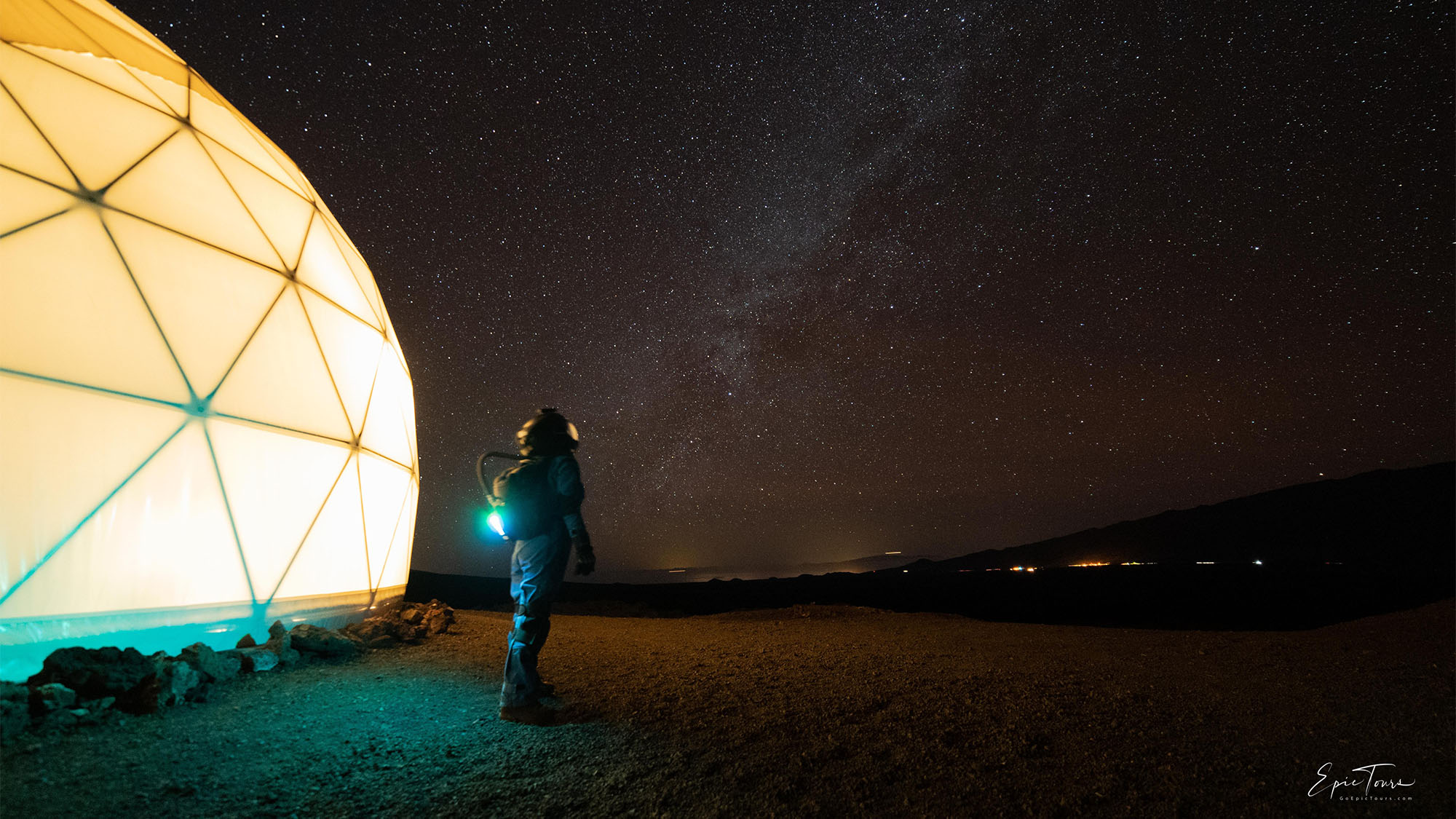
Related: When traditions bring the crew together on the moon — Commander's report: lunar day 6
Our last dinner on the moon is actually very representative of just how pleasant our mission has been. I have not had so much fresh salad on a mission before, especially not on our last night. Chief Science Officer Emily Seto was able to harvest several bowls of astro arugula and encore baby lettuce mix through our LettuceGrow hydroponics system. Emily and Chief Engineer Niko Blanks also baked tasty fresh garlic knots, while Science Communication Officer Gianna McLaren combined our leftovers into juicy bean-quinoa-vegetable patties. Gianna also prepared some gluten-free brownies and Vice Commander James Ward topped all of this off with cornbread. Our squeaky toy, Cookie Chicken, then made sure to "guard" these treats.
This feast was definitely memorable, as I have also experienced last mission meals that were composed of quinoa and mashed potatoes only. That's it. I'm not joking. The reason why some crews have less varied meals at the end of their mission is partially that they don't manage their supplies of food well throughout the mission, leaving them with very little to cook with at the end. Some crews also face food shortages, which are integrated into a mission on purpose as an extra challenge. There have been crews that have excelled at being creative despite the limitations in ingredients, while for others the food-related problems are what drove them apart from one another.
I truly enjoyed this last supper that most of the crew prepared not only because of how delicious it was, but mostly because of the company of my crew. Dad jokes were mixed with serious conversations about politics on Earth; Cookie Chicken got squeezed endlessly, whether because of the bad jokes or due to the treat consumption; and I kept on being on a rollercoaster of laughter and nostalgia thinking that this must come to an end. The meal was followed by the classic dishwashing show, performed by Habitat Operations Officer Lea Smart Miller and myself. We always put on some fun tunes from my "Vengabus" playlist, start dancing away and the dishes almost clean themselves.
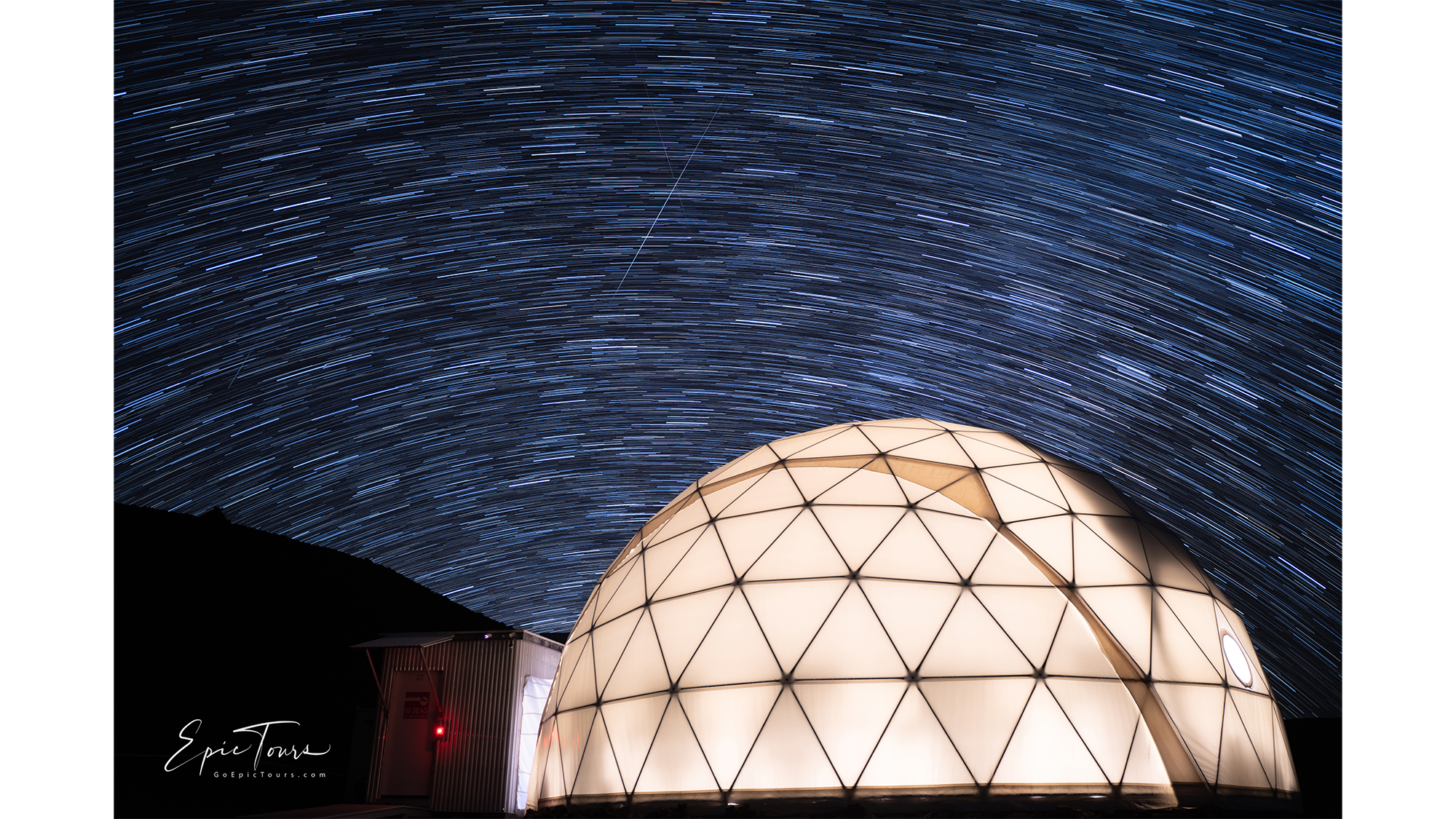
I'm very grateful to the crew for having been such wonderful space family members and for making this mission be as enjoyable as it was. I'll also reminisce fondly about all the projects that we successfully completed, such as Emily's varied experiments, Lea and Niko's testing of the Hexoskin smart shirts, Gianna's writing, night moonwalks for James's astrophotography and my astrobiology lava cave sample collection in collaboration with NASA Goddard. Altogether, we completed what we hoped to achieve. However, there's always more research that needs to be done on the moon and Mars in order for humans to be able to settle there. I'm looking forward to what my next mission to Mars, VALORIA I, will be like in January 2021.
Commander Musilova signing off to one last game of fiber-pong and nerdy discussions about sci-fi movies with the crew. I will miss them a lot and I hope to be on another space mission with them again.
Follow Michaela Musilova on Twitter @astro_Michaela. Follow us on Twitter @Spacedotcom and on Facebook.
Join our Space Forums to keep talking space on the latest missions, night sky and more! And if you have a news tip, correction or comment, let us know at: community@space.com.
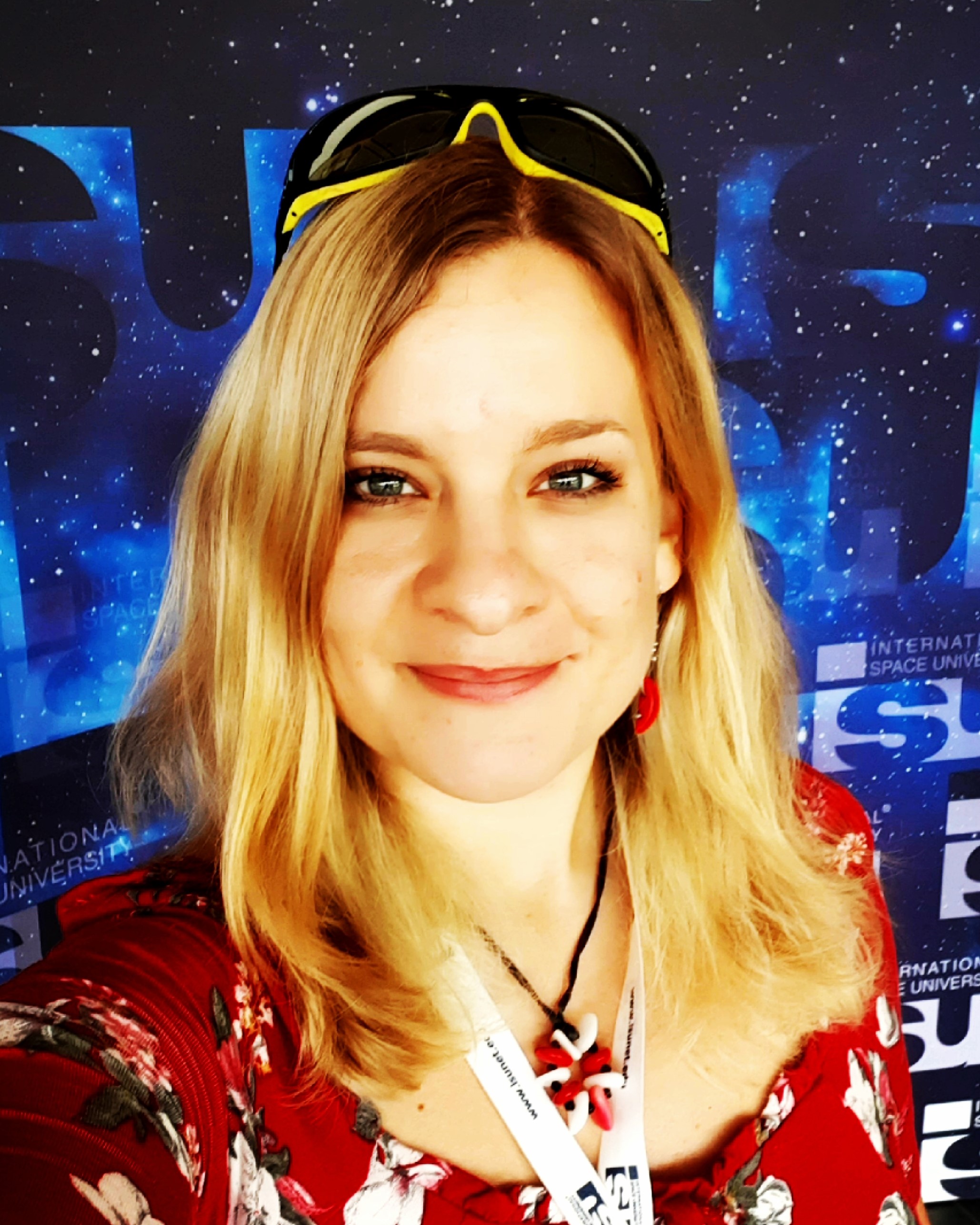
Dr. Michaela Musilova is an astrobiologist with a focus on life in extreme environments. She has a PhD degree from the University of Bristol and is a graduate from the International Space University's (ISU) Space Studies Program. Michaela's space research experience includes working at the NASA Jet Propulsion Laboratory, University of London Observatory, Canada-France-Hawaii Telescope, on NASA's and the U.K. Space Agency's MoonLite project, being an analogue astronaut and Commander of numerous simulated missions to the moon and Mars at the HI-SEAS station in Hawaii, and at the Mars Desert Research Station in Utah. Michaela is currently the Director of HI-SEAS, as part of the International MoonBase Alliance. She is also a visiting Professor at the Slovak University of Technology, Vice-Chair of the Slovak Organisation for Space Activities, Adjunct Faculty at ISU and the Senior Research Adviser for Mission Control Space Services Inc.
She has received numerous prizes and grants, including the Emerging Space Leaders Grant from the International Astronautical Federation (2016) and the Women in Aerospace – Europe Young Professional Award (2016), and she was selected as one of the most promising 30 under 30 by Forbes Slovakia (2015). Michaela is also actively involved in the Duke of Edinburgh's International Award, as a patron of the program in Slovakia and an Emerging Leader Representative for Europe, Mediterranean and Arab states. Furthermore, she enjoys participating in STEAM outreach activities from teaching at schools, giving public presentations, to working with the media and more, as well as encouraging people to pursue their dreams. For instance, she is an Advisory Board Member of the STEM Punks immersive programs for students and teachers.









